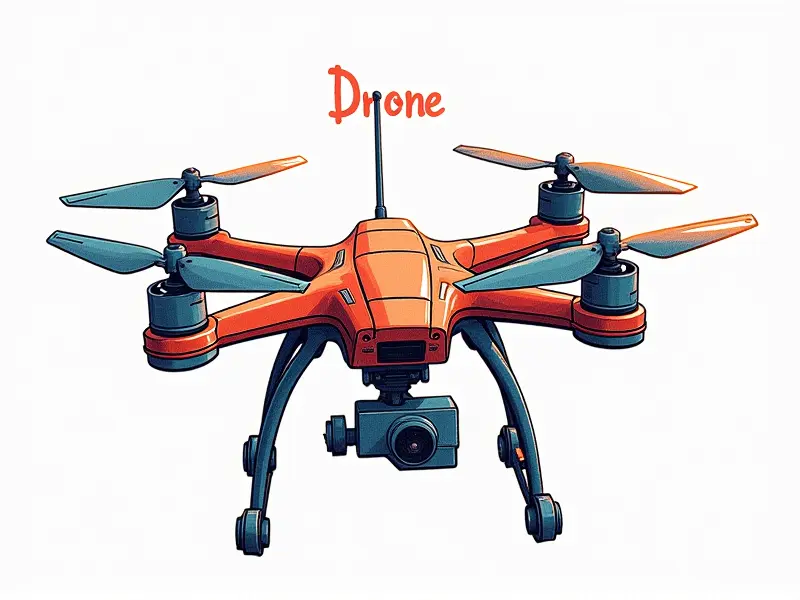Repairing motor damage

Fixing Common Motor Problems in RC Planes
When it comes to repairing the motors of your remote-controlled (RC) planes, understanding common issues is crucial. Issues such as overheating, reduced performance, and unusual noises are frequent complaints among enthusiasts. Overheating can be caused by excessive load or poor ventilation, while performance degradation might stem from worn brushes or commutators. Unusual sounds often indicate loose components or bearing wear.
To address these issues, start with basic maintenance: clean the motor thoroughly to remove dust and debris that could cause overheating. Check for any visible damage such as cracks or broken parts and replace them if necessary. Lubricate moving parts like bearings to ensure smooth operation and extend motor life.
Quick Fixes for RC Drone Motor Issues
RC drones are particularly susceptible to motor problems due to their high-speed operations and exposure to various environmental factors. Common issues include motor stalling, excessive vibration, and reduced thrust. Stalling can be caused by a variety of reasons such as insufficient power supply or damaged windings.
To troubleshoot these issues quickly:
- Check the battery voltage; ensure it's within the recommended range for your drone’s motors.
- Inspect the motor connectors and wiring for any signs of damage or corrosion.
- Lubricate the motor bearings if they feel stiff when manually rotated.
How to Fix Damaged Quadcopter Motors
Damaged quadcopters often require repairs that go beyond simple cleaning and lubrication. If your quadcopter’s motors are damaged, start by identifying whether the issue is mechanical or electrical in nature. Mechanical issues might involve worn bearings or broken rotor blades, while electrical problems could be due to burned-out windings.
For mechanical damage:
- Replace any loose or damaged components like screws and nuts.
- Install new bearings if the old ones are worn out.
Repairing Helicopter Motor Issues Easily
Helicopters have unique motor requirements due to their complex aerodynamics. Common issues include excessive vibration, poor throttle response, and motor overheating. Excessive vibration can be caused by unbalanced rotors or misaligned tail rotors.
- Balance the main rotor blades using a dedicated balancing tool.
- Adjust the pitch of the tail rotor to ensure proper alignment with the main rotor.
Revive Your RC Plane's Motor with These Tips
To revive an underperforming or damaged motor in your RC plane, consider these steps:
- Clean and inspect: Remove dirt and debris that might be causing overheating.
- Lubricate: Apply a high-quality lubricant to moving parts like bearings.
- Check connections: Ensure all electrical connections are secure and free of corrosion.
DIY Guide: Repair RC Quadcopter Motors
Maintaining your quadcopter’s motors can be a DIY project if you follow these steps:
- Disassemble: Carefully take apart the motor to access internal components.
- Inspect: Look for signs of wear or damage, such as worn brushes or broken windings.
- Replace parts: Install new bearings and other damaged components.
Save Money by Fixing, Not Replacing, RC Motors
Finding cost-effective solutions to motor issues can save you money in the long run. Instead of immediately replacing a motor that shows signs of wear or damage, try repairing it first:
- Identify the problem: Determine whether the issue is mechanical or electrical.
- Source parts: Purchase replacement components from reputable suppliers.
- Follow repair guides: Use detailed instructions to ensure proper assembly and function.
Restore FPV Racing Drone Motor Performance
FPV racing drones demand high performance, making motor maintenance critical. To restore your drone’s motor performance:
- Clean the motors: Remove dust and debris that can cause overheating.
- Lubricate bearings: Ensure smooth operation by applying lubricant to moving parts.
- Tune the ESCs: Adjust electronic speed controllers for optimal performance.
Troubleshooting and Repairing Drone Motors
Troubleshooting drone motors involves a systematic approach. Start with basic checks such as battery voltage, motor connections, and rotor balance. If these steps don’t resolve the issue, consider more advanced troubleshooting techniques:
- Check for loose components: Ensure all parts are securely fastened.
- Test electrical continuity: Use a multimeter to check for open circuits or shorts.
Simple Steps to Mend RC Helicopter Motors
Mending the motors of your RC helicopter requires attention to detail and precision. Follow these simple steps:
- Disassemble: Take apart the motor to access internal components.
- Inspect brushes: Replace worn or damaged brushes for smooth operation.
- Lubricate bearings: Apply lubricant to ensure long-lasting performance.
Extending Motor Life in RC Airplanes: Maintenance Tips
To extend the life of your RC plane’s motor, regular maintenance is essential. Follow these tips:
- Clean regularly: Remove dust and debris that can cause overheating.
- Lubricate moving parts: Apply high-quality lubricant to bearings and other components.
- Check connections: Ensure all electrical connections are secure and free of corrosion.
Conclusion
Maintaining and repairing the motors in your RC vehicles is crucial for optimal performance and longevity. By following these detailed guides, you can address common motor issues effectively without the need to replace them immediately. Regular maintenance and timely repairs will save you money and ensure that your RC plane, drone, or helicopter continues to provide hours of enjoyment.

